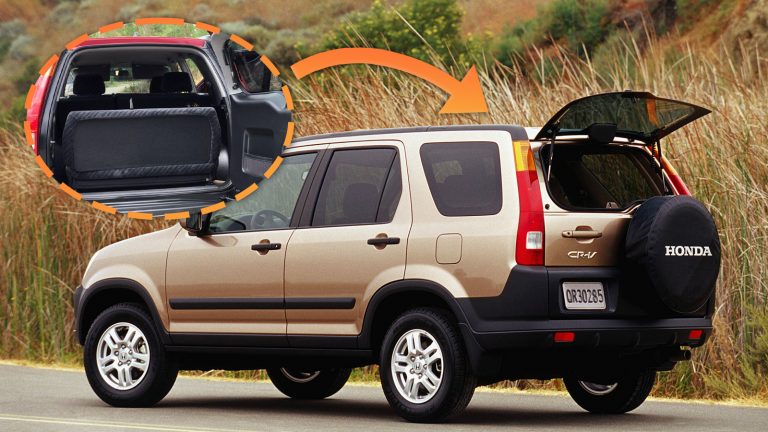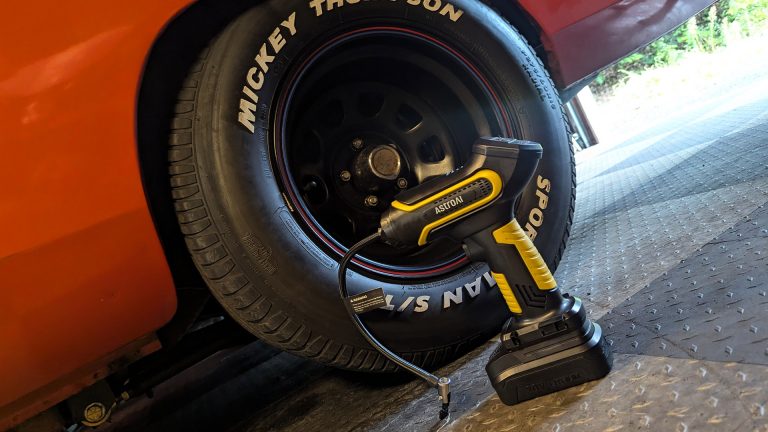This Guy Bought a Honda Insight With Nearly 1M Miles. He Knows What He Must Do
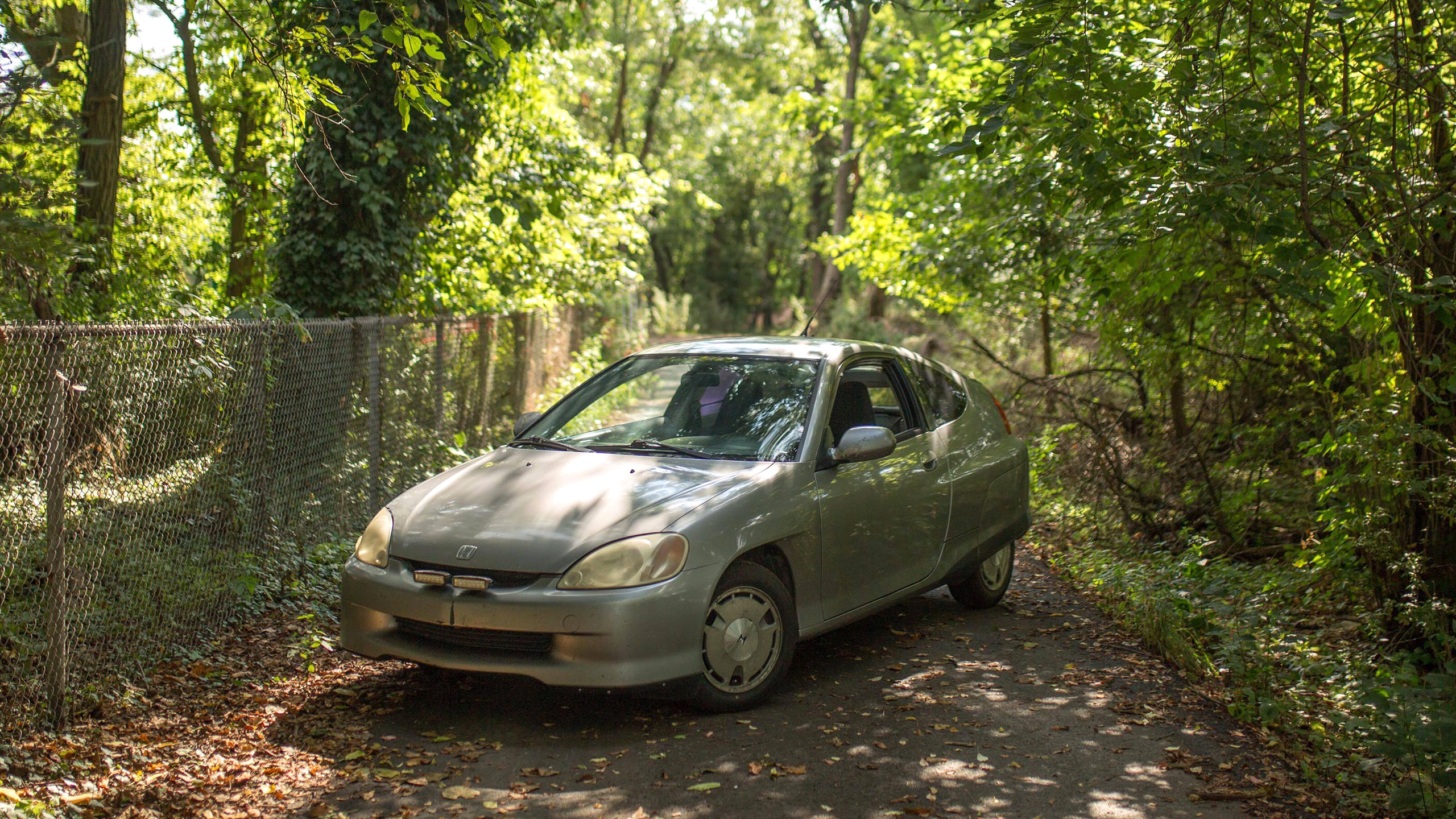
The million-mile club could be getting yet another early-aughts Honda soon, if the new owner of a first-generation Insight with an odometer reading currently at 982,526 miles has any say in the matter. Not too many cars or trucks can brag about membership in the club, but David Andrew hopes he can get his 2002 Honda Insight past 1,000,000 miles after having picked up the baton from its previous owner, who sold him the car on the condition that David would keep it going.
David’s attempt to push the Insight’s odometer past six digits is notable for a couple of reasons, including the fact that there’s no space for a seventh on the instrument cluster’s digital readout. Another critical detail is that this high-mileage hero is of course a hybrid, which many people suspect of being harder to keep on the road due to their drivetrains.
There are about twice as many things that could go wrong in a vehicle like the Insight, which combines combustion and electrification. The first-gen model is powered by a 1.0-liter inline-three cylinder engine and small electric motor, Honda’s first version of its Integrated Motor Assist hybrid system. But David wants to prove otherwise with his nearly stock Insight, which he and his wife have aptly named Miles.
Anyone crazy enough to reach a million miles in a car gets our blessing and a knowing head nod, let alone anyone trying to do it in a 22-year-old Honda hybrid. The Drive caught up with David to ask him all about his million-mile Insight project, and here’s what the pioneer told us. (This interview has been edited and condensed for clarity.)
The Drive: How did you end up in possession of the Insight?
David Andrew: So, this is actually my fifth Honda Insight. I’ve always turned my back on hybrid vehicles because there’s never a fun factor in driving them. Slow and ugly cars can be fun, but when it’s a slushy CVT paired with an engine with barely any power, it makes the whole thing feel fake and boring.
After I found out these [Insights] were offered in a manual, I started frantically and relentlessly searching for one. During COVID-19 lockdowns, when gas was incredibly cheap, these cars were temporarily worthless. It was the perfect time to finally buy one for a low price. In May of 2020, I bought my first Insight—a 2001 with a five-speed and 180k miles for $900. I’m daily driving that one currently.
One day, a Facebook friend sends me a message about some guy that came to his dealership doing warranty claim paperwork. He was still driving an ill-conditioned Insight that was nearing a million miles, but was looking to get something newer and reliable, and to pass this one on with the hopes that it would go to someone who loved the car, would fix it up, and keep driving it.
He could no longer afford the downtime the car was causing, forcing him to wait for nearly-obsolete parts, some no longer available. Making the final journey to a million was becoming impossible for him. Not being in the same position as him, I can afford the downtime, and I also have “insight” from owning a handful of these silly cars and fixing them myself for next to nothing. It’s just an old Honda, after all.
TD: Any mods or upgrades to the stock equipment?
DA: Miles is completely stock aside from those silly fog lights on the bumper. The headlights were never spectacular, and eventually they got so bad the previous owner tossed on these LED fogs and carried on.
There are hybrid battery replacements and upgrades available these days. There’s even a recently developed lithium battery swap using batteries from newer hybrids that give a nice power upgrade, but they are pricey. However, this car has been stock the entire time. Honda built it right, no need to change it. It’s had three transmissions, two flywheels, three hybrid batteries, but is still on the original engine. Miles is also a CVT model. I realize that contradicts what I said earlier, but I made an exception for this one. He’s special.

TD: What major repair items have you taken care of? What repairs are you looking forward to—or not?
DA: Not surprisingly—as it’s an old nickel-metal type—this car has had three Honda OEM batteries, which is pretty decent considering they last roughly 300,000 miles. The current one is pretty tired, so I installed an aftermarket grid charger system from my manual Insight, which will hopefully allow me to nurse this battery to reach a million. I think it will.
Next on the list, the engine is due for what might be its first rebuild. This is the original engine block, pistons, head, valves, etc. The head gasket was done at 975K, but aside from that, it’s original. It’s currently struggling to hold an idle, it’s low on power even for an Insight, and it’s smoking a chimney of oil vapor out of the intake.
I’ll be doing a compression test this week to confirm if it needs a teardown. If it does, the only thing getting replaced is whatever is broken or worn. In the spirit of this car’s soul, I have to keep the original engine in it. I’ve never rebuilt an engine before, so this will be a difficult yet fun learning experience for me.
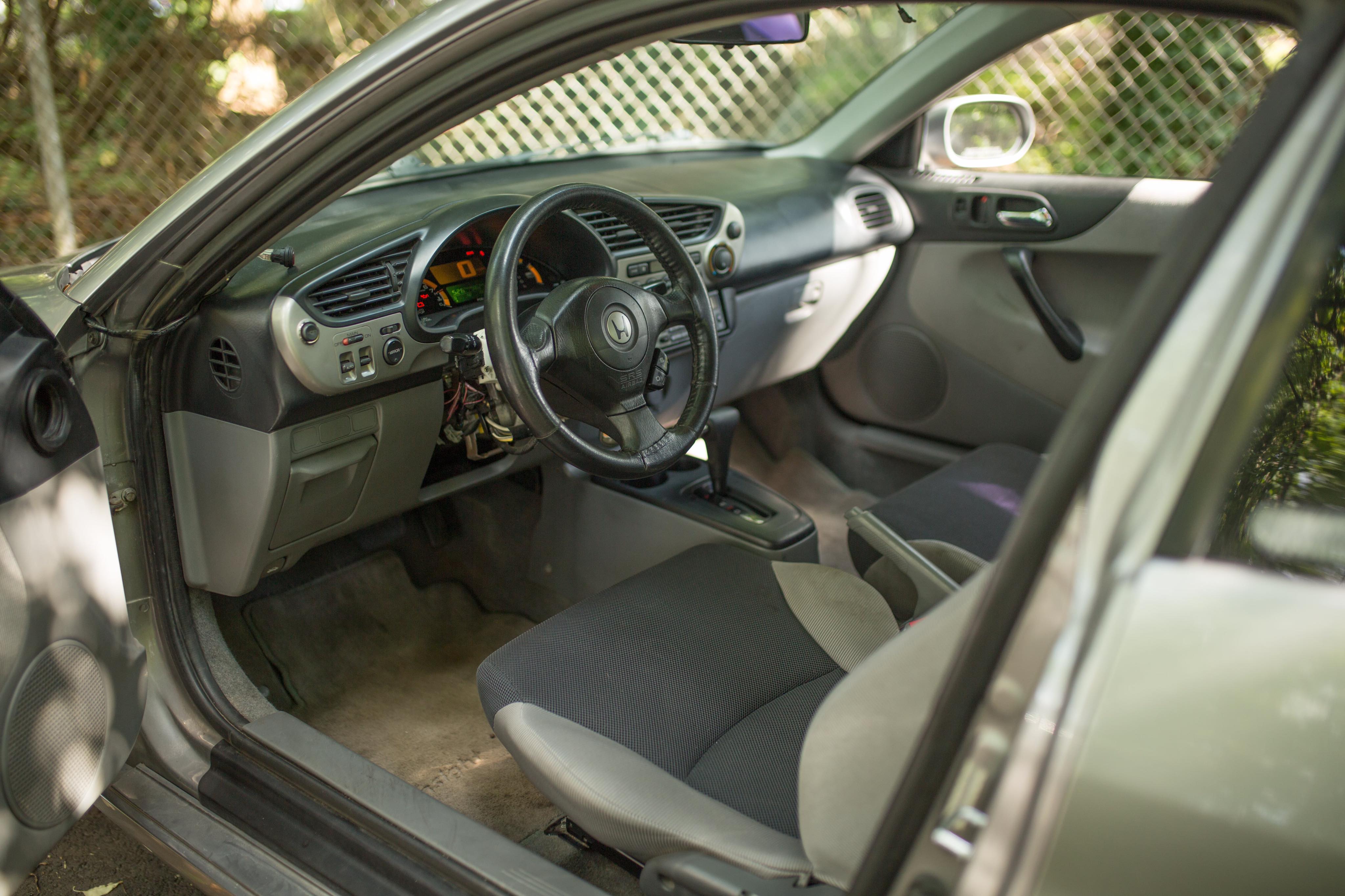
TD: Have any cells in the battery pack been replaced? How hard was that or any other repairs to do, what with sourcing rare parts?
DA: It is possible to replace only the cells in these batteries (there are 20 of them) but rather than mess with that, the previous owner just tossed a new Honda battery in once they started to fail. Like I said earlier, he couldn’t afford downtime. It used to be a quick trip to the dealer to get one of these batteries, but they’re becoming harder to find OEM. There are a few companies selling refurbished and new cells, but the previous owner insisted on OEM parts.
TD: What’s different or unique about driving a hybrid vehicle to such high mileage versus a regular combustion model?
DA: The car’s average gas mileage for the last 982K miles was 52.6 mpg. If gas had been an average of $3.50/gallon, it would cost you about $65,000 to drive those miles, using almost 19,000 gallons of fuel. If your mileage was half that, a conservative 26.3 mpg, the same miles would cost you a whopping $130,000 to drive. Fuel economy really adds up with these types of miles, so even with any included repairs, the biggest cost factor is going to be your fuel.

TD: What’s your favorite thing about the Insight? And your least favorite?
DA: My favorite thing about the Insight is how it drives. They really don’t look like they would (or should), but they drive and handle incredibly well for what they are. The whole unibody chassis is aluminum, which makes it way stiffer than steel and, also, rust-free. Like a Miata, you really don’t have to slow down for turns. Pair that with a really lightweight platform, tight electric steering, instant torque from the hybrid assist and it’s honestly the most fun you can have in a hybrid. My least favorite aspect about this car is that Honda isn’t making one of these anymore. I think they realized they made too good of a car.
The last thing I asked David is where he plans to cross the million-mile mark. His wife, who’s a photographer in Pittsburgh, suggested they throw a party for Miles at a park with a nice loop, so that their friends can watch it cross over the line. And David has a special guest in mind for the big day, saying, “I also plan on inviting the previous owner to join me in the car for that milestone since he‘s the one who drove the car from 11,000 miles in 2004 to 982,000 last week. He deserves to be a part of this.”
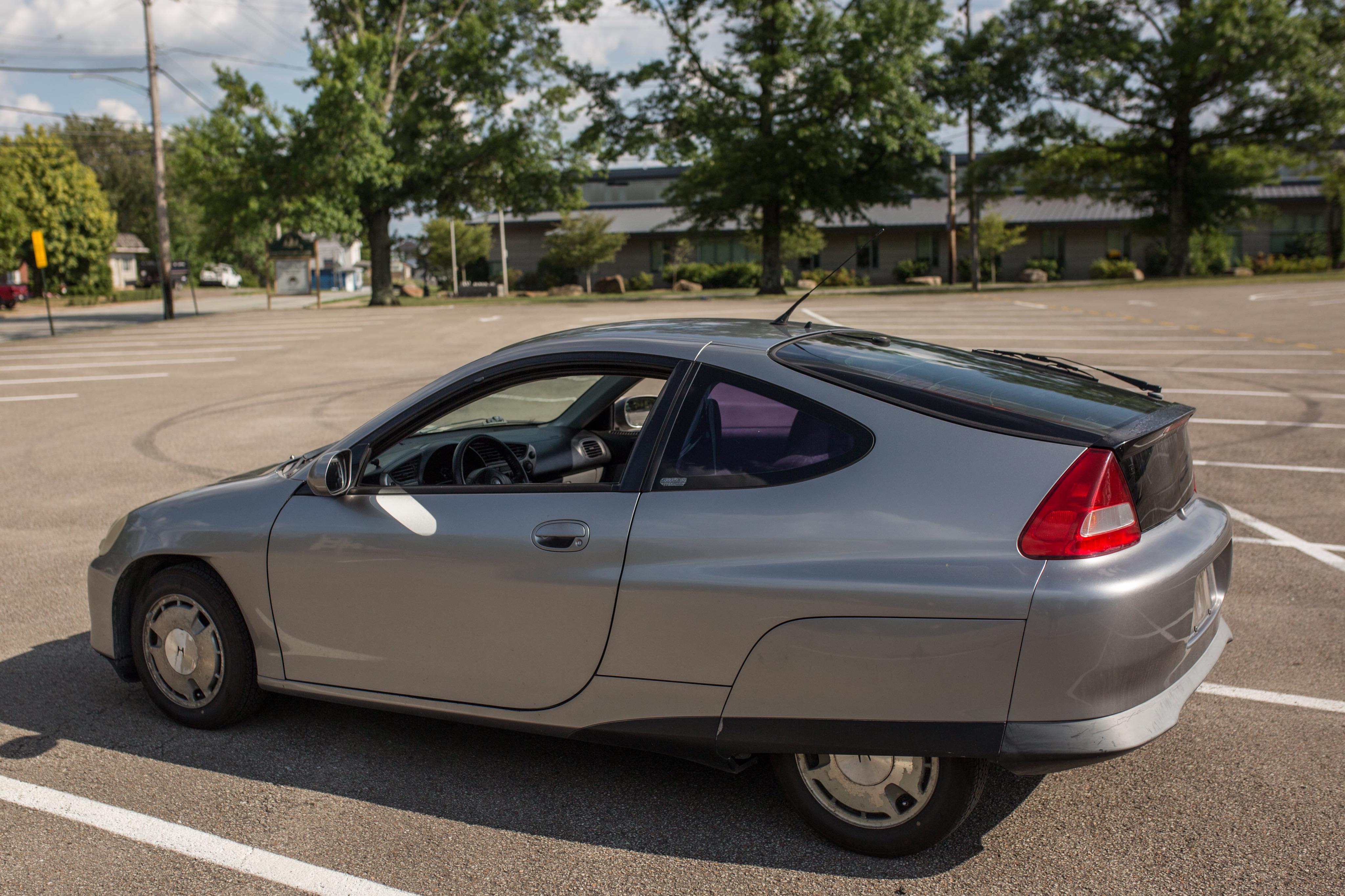
Got tips? Send ’em to [email protected]
Source: www.thedrive.com




